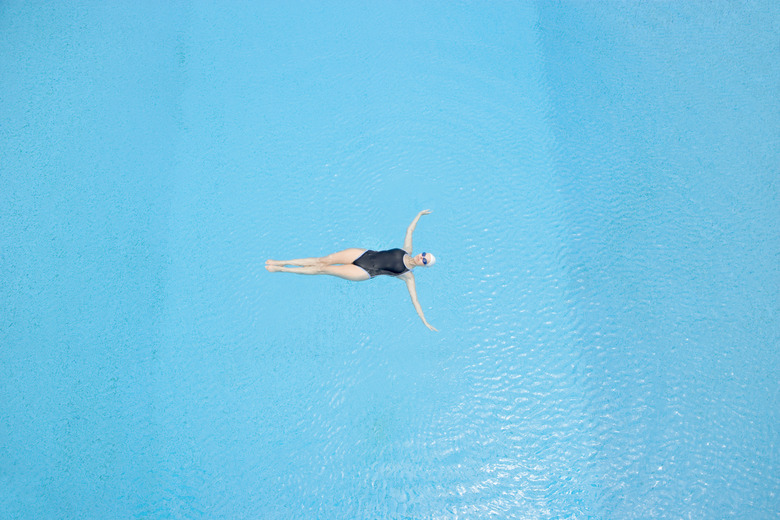How To Backfill An Above-Ground Pool
Things Needed
-
Backfill dirt
-
Shovel
-
6 inch diameter black corrugated plastic drainage pipe
-
Sand
Tip
Building a retaining wall to hold the slope is much safer if the slope runs more than 24 inches above the ground where the pool sits. Save some of the sod that you remove when preparing the ground for the pool to cover the top of the backfill.
Warning
Do not attempt to install an above-ground pool below ground where all sides of the pool are surrounded by dirt. The weight of the soil when it becomes saturated with water will cause the walls to collapse. Professional excavation is recommended if more than a few inches of slope must be removed for the pool to fit.
Swimming pools add a clean and controlled environment for exercising during the summer. Above-ground pools come in kits that the homeowner can assemble, and do not require you to dig a large hole and pour concrete. Many homeowners want to bury their above-ground pool to make it appear to be an in-ground pool. This is not safe because the walls of these pools are not strong enough to withstand the weight of fill material. Above-ground pools installed in a space cut out of a slope can have a small amount of backfill around them, however, to prevent soil erosion.
Step 1
Call your local town hall office and request a building permit. Many areas will not allow a pool intended for above-ground use to be installed below grade, so check the local laws before installing your pool.
Step 2
Excavate the ground where the pool will stand by at least 18 inches around the perimeter of the pool walls, according to Dough Boy Swimming Pools. Only excavate space where a slope rises above the level of the ground where the majority of the pool's weight will rest. Leave as much ground undisturbed as possible.
Step 3
Level the ground where the pool will sit and spread a layer of sand according to the manufacturer's instructions. Assemble the pool and fill the liner, maintaining the 18-inch space between the pool walls and any soil above grade.
Step 4
Fill the pool with water and let it rest for two weeks before you begin adding backfill dirt, recommends the Above Ground Pool Professionals company. Check the walls for leaks and make sure there are no wrinkles or bulges in the pool liner.
Step 5
Install a piece of 6-inch black drainage pipe around the wall of the pool for the entire length where the slope was cut away. Lay the pipe so that its ends run downhill, which may require extending the length around the pool beyond where you plan to backfill. Place the drainage pipe immediately after filling the pool to move water from leaks or rainfall away from the cut side of the slope.
Step 6
Paint the exterior of the pool walls with roofing tar or another waterproof coating if they are susceptible to damage from moisture, according to Backyard City Pools. Allow this coating to dry fully.
Step 7
Fill in the gap between the pool walls and the top of the slope with contractor grade backfill dirt. Do not use gravel or sand, to avoid damaging the pool walls. Add dirt to reach the level of the top of the slope and give the backfill a few days to settle before topping it off.
